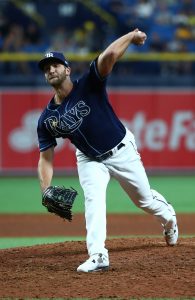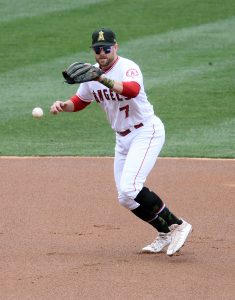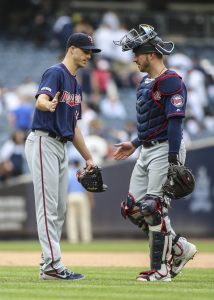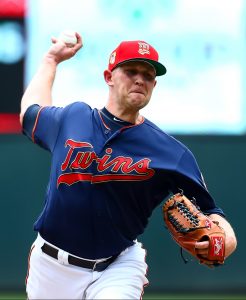Brewers lefty Eric Lauer has hired CAA Sports to represent him moving forward, per MLB Network’s Jon Heyman (Twitter link). He’d previously been with Meister Sports Management (Lauer’s initial agency, Pro Star Management, merged with Meister Sports back in November).
Lauer, 25 next month, was acquired by the Brewers alongside shortstop/second baseman Luis Urias in the November trade that sent outfielder Trent Grisham and right-hander Zach Davies to the Padres. He’d been competing with Freddy Peralta and Corbin Burnes for the final spot in the Milwaukee rotation during Spring Training. Brandon Woodruff, Adrian Houser, Josh Lindblom and Brett Anderson were slated to occupy the first four spots of a starting staff that is light on proven names but has its share of upside.
A first-round pick of the Padres back in 2016 (No. 25 overall), Lauer made his MLB debut as a 22-year-old in 2018 and has since racked up 261 2/3 innings at the big league level. In all, he’s pitched to a 4.40 ERA with 8.2 K/9, 3.3 BB/9, 1.20 HR/9 and a 38.9 percent ground-ball rate with the Friars. He’s just 12 days shy of two years of Major League service time, which proved the difference between him being controlled through the 2023 season (had he accrued those 12 days) and the 2024 season (as he is now). He’s on track for arbitration eligibility as a Super Two player next winter.
Lauer’s change in representation has been updated in MLBTR’s Agency Database, which contains representation info on a few thousand players. If you see any omissions or players in need of an update, please let us know via email: mlbtrdatabase@gmail.com.




